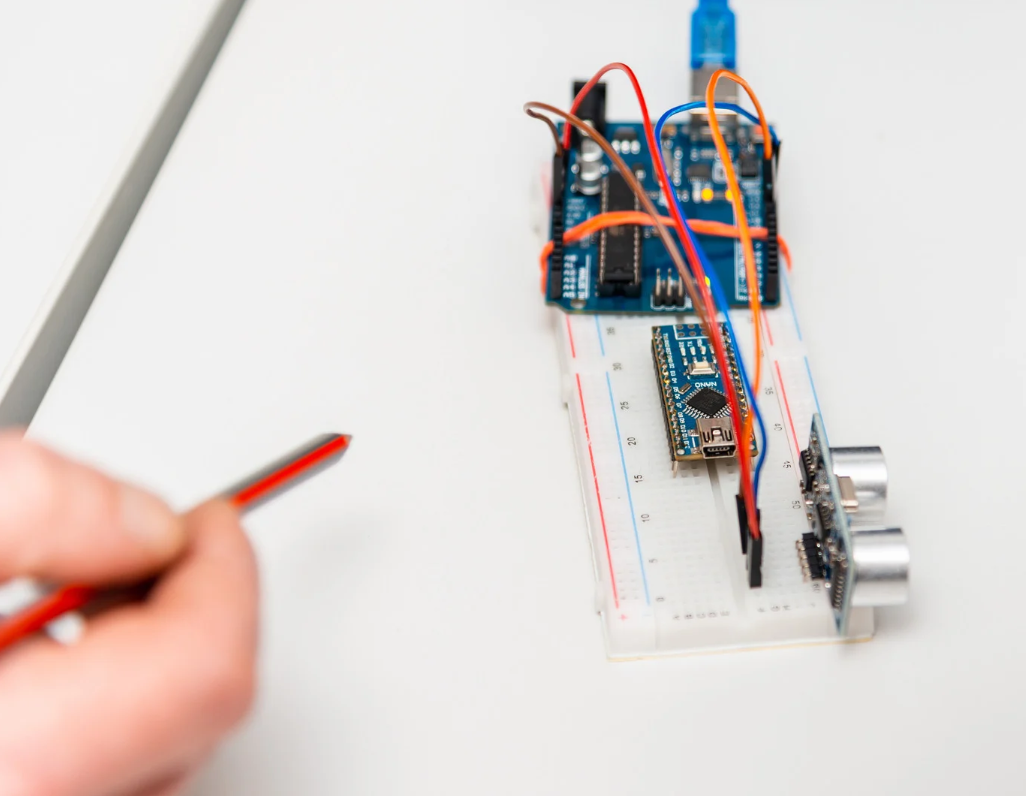Piezo transducers are widely used in sonar applications, from underwater navigation to fishing equipment. In this blog post, we’ll take a closer look at how piezo transducers work in sonar applications.
What is Sonar?
Sonar, or sound navigation and ranging, is a technique that uses sound waves to detect and locate objects underwater. In sonar applications, a sound wave is generated by a piezo transducer and sent into the water. The sound wave travels through the water and reflects off any object it encounters. The reflected sound wave is then detected by the same or another piezo transducer. By measuring the time it takes for the sound wave to travel to the object and back, the distance to the object can be calculated.
How Does a Piezo Transducer Work in Sonar Applications?
In sonar applications, a piezo transducer generates a high-frequency sound wave, typically in the range of 20 kHz to 200 kHz, which is well above the range of human hearing. The sound wave is sent into the water and travels through the water until it encounters an object, such as a fish or a submarine. When the sound wave hits the object, it is reflected back towards the transducer.
The piezo transducer is designed to be both a transmitter and a receiver of sound waves. When the reflected sound wave reaches the transducer, it generates a small voltage across the transducer’s electrodes. This voltage is proportional to the strength of the reflected sound wave and can be detected and amplified by external circuitry. By measuring the voltage, the distance to the object can be calculated.
Piezo transducers are ideal for sonar applications because they are highly sensitive to changes in pressure and can generate high-frequency sound waves. They are also highly efficient, meaning that they can generate a strong signal with very little power. This is important in sonar applications where power consumption is a critical factor.
Applications of Piezo Transducers in Sonar
- Underwater Navigation
Piezo transducers are used in underwater navigation systems, such as depth finders and fish finders. In these applications, the transducer generates a sound wave, which is sent into the water to measure the distance to the bottom or to detect the presence of fish.
- Submarine Detection
Piezo transducers are used in military applications, such as submarine detection. In these applications, the transducer is used to generate a sound wave, which is sent into the water to detect the presence of submarines.
- Underwater Imaging
Piezo transducers are used in underwater imaging systems, such as side-scan sonar and multibeam sonar. In these applications, the transducer generates a sound wave, which is reflected off the seafloor and detected by the same or another transducer. The reflected sound wave is used to create an image of the seafloor.
Piezo transducers are essential components of sonar systems, which are used for underwater navigation, submarine detection, and underwater imaging. They generate high-frequency sound waves, which are sent into the water to detect and locate objects. By understanding how piezo transducers work in sonar applications, we can appreciate the important role they play in underwater technologies and industries. Learn more about piezo transducers by calling us at 1-650-375-7003.



